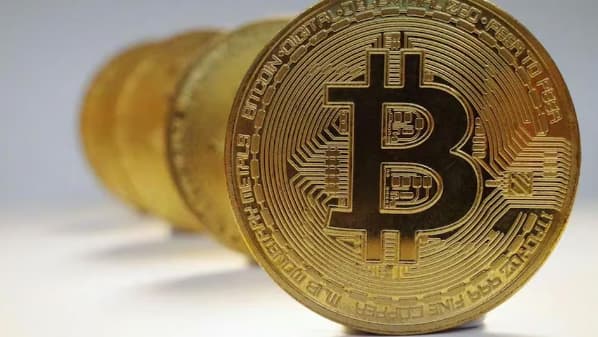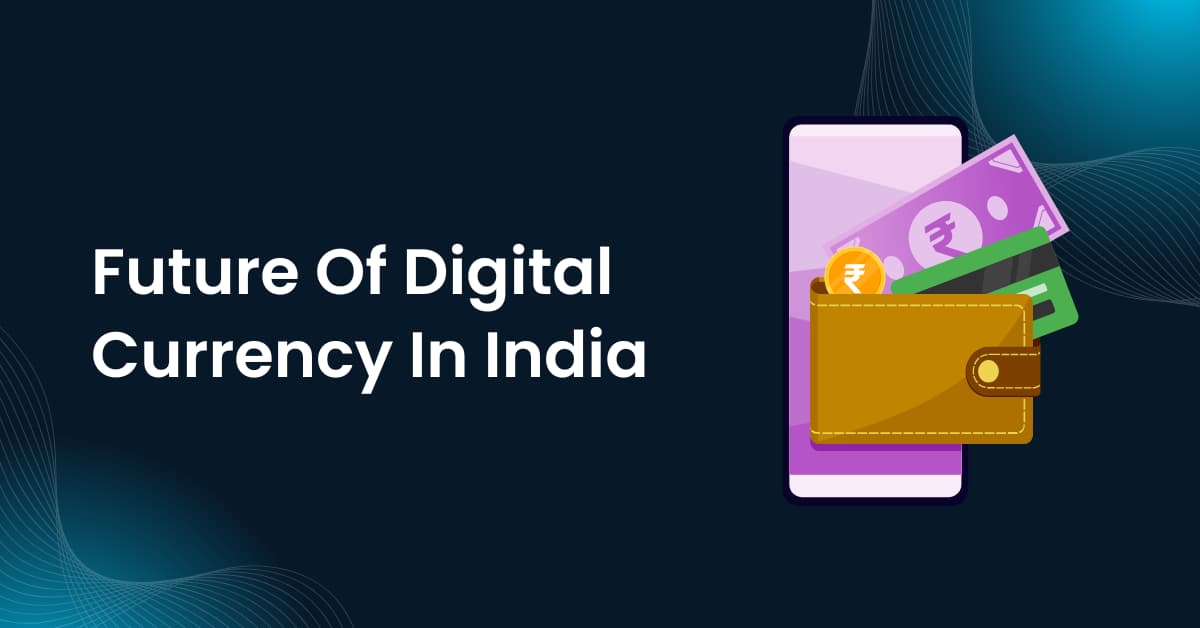The future of digital currency in India represents a transformative journey towards a cashless economy, with the Reserve Bank of India’s digital rupee pilot program already reaching over 5 million users and circulating Rs 1,016.5 crore by 2025.
India’s robust digital payment infrastructure, as demonstrated by UPI processing 18.68 billion transactions worth $294.21 billion in May 2025 alone, provides a strong foundation for digital currency adoption.
This article explores India’s CBDC progress, rules, benefits, challenges, and global position.
Digital Currency In India: A Brief Overview
Digital currency in India includes private cryptocurrencies and the RBI’s digital rupee, both used for fast and cashless payments through digital means.
- Digital rupee usage rose from ₹16.4 crore to ₹1,016.5 crore.
- Over 60 lakh users are using the digital rupee.
- SEBI, RBI, and the Ministry of Finance are shaping the regulations for cryptocurrencies.
- Digital currency may cut printing costs and boost inclusion.
- Privacy and security remain key concerns for digital currency.
- India is among 134 countries exploring central bank digital currencies.
- Thirteen G20 nations have entered advanced phases of CBDC pilots.
Future Of Digital Currency In India: Key Developments To Watch
The RBI is expanding the deployment of the digital rupee across multiple dimensions, with programmable features enabling government agencies to restrict CBDC usage for specific benefits, timeframes, or locations.

Recent developments include the integration of carbon credit systems for farmers and participation in multilateral central bank digital currency (CBDC) initiatives under the Bank for International Settlements’ Innovation Hub.
Non-bank entities, including fintech companies such as MobiKwik and CRED, have received approval to launch Central Bank Digital Currency (CBDC) wallets, marking a significant expansion beyond traditional banking channels.
The RBI’s integration of the digital rupee with the UPI infrastructure demonstrates seamless interoperability, allowing users to scan existing QR codes for CBDC transactions.
Cross-border payment initiatives are particularly significant, with India being the world’s largest remittance recipient at $100 billion in 2022.
The digital rupee’s potential to eliminate high costs and improve transparency in international transfers could revolutionize cross-border financial flows.
Regulatory Outlook For The Future Of Digital Currency In India
India’s regulatory framework continues to evolve through a multi-regulator approach, with SEBI proposing structured oversight, while the RBI maintains cautious supervision of digital currency risks.

The Prevention of Money Laundering Act extension to Virtual Digital Assets in 2023 requires cryptocurrency businesses to implement comprehensive KYC and AML compliance measures.
The proposed Cryptocurrency and Regulation of Official Digital Currency Bill aims to ban private cryptocurrencies while establishing legal frameworks for central bank digital currencies (CBDCs).
This regulatory uncertainty creates a “wait-and-see” environment where digital currency development proceeds cautiously.
International cooperation remains crucial, with emphasis on consistent messaging standards, regulatory approaches, and common infrastructure coordination to avoid fragmentation and enable cross-border CBDC functionality.
The regulatory framework must strike a balance between promoting innovation and mitigating risk while ensuring consumer protection, for the future of digital currency to look strong in India.
Economic Impact And Opportunities In The Future of Digital Currency In India
The implementation of digital currency could significantly reduce currency management costs, with physical currency printing, distribution, and replacement costs estimated at 15-17% of the face value over a four-year lifecycle.

Enhanced transparency through blockchain technology reduces fraud risks and money laundering while improving regulatory oversight.
Financial inclusion opportunities are substantial, particularly for India’s rural population that lacks traditional banking access due to infrastructure limitations and financial literacy gaps.
Digital currency can bridge these gaps by providing secure, accessible financial services without requiring conventional banking relationships.
The economic benefits extend to reduced settlement risks, enhanced transaction efficiency, and improved monetary policy transmission.
CBDCs can help regulate the digital asset space, with crypto billionaires in India marking a shift toward greater trust and transparency.
Challenges in Shaping the Future of Digital Currency in India

Implementation challenges in the digital currency include data privacy concerns, cybersecurity requirements, and the need for robust regulatory frameworks.
Digital Currency vs Traditional Currency
| Aspect | Digital Currency | Traditional Currency |
|---|---|---|
| Storage | Digital wallets, cloud-based | Physical wallets, bank vaults |
| Transaction Speed | Instant, 24/7 processing | Limited by banking hours |
| Cost of Issuance | Minimal digital infrastructure | High printing and distribution costs |
| Traceability | Complete blockchain record | Limited paper trail |
| Accessibility | Requires digital literacy | Universal physical acceptance |
| Security | Cryptographic protection | Physical security measures |
The transition from traditional to digital currency requires addressing technological gaps while maintaining the familiarity and trust associated with physical money.
Digital currencies offer programmability and innovative contract capabilities that traditional currencies cannot provide, enabling the development of innovative financial products and automated compliance mechanisms.
However, the digital divide and varying levels of technological adoption across India’s diverse population present implementation challenges that require comprehensive public education and infrastructure development.
Trending Crypto Talk:
Conclusion: India’s Digital Currency Future Looks Strong as CBDC Adoption Rises
India’s digital currency future looks strong, with the digital rupee expanding rapidly and the country emerging as a leading force in global CBDC development. Innovations like programmable payments and cross-border CBDC pilots highlight a modern, efficient shift in India’s financial ecosystem.
As RBI digital currency adoption grows, regulation and innovation must progress together to ensure security, inclusion, and everyday usability. UPI integration continues to strengthen the foundation for digital currency in India.
To stay ahead in this evolving space, keep exploring updates, understand new CBDC features, and stay informed about how the digital rupee will shape India’s financial future.
FAQs
Digital currencies are expected to grow with advancements in technology, faster payments, and increased global adoption.
The digital rupee is issued by the Reserve Bank of India (RBI) and features robust security measures.
Digital currency may reduce the use of paper money over time. Complete replacement is unlikely soon due to existing cash preferences.
Digital currency carries risks like cyber threats and data privacy concerns. Government-backed versions aim to mitigate these risks through enhanced control.
One digital rupee is equal in value to one physical rupee. It holds the same worth and is treated as legal tender.
